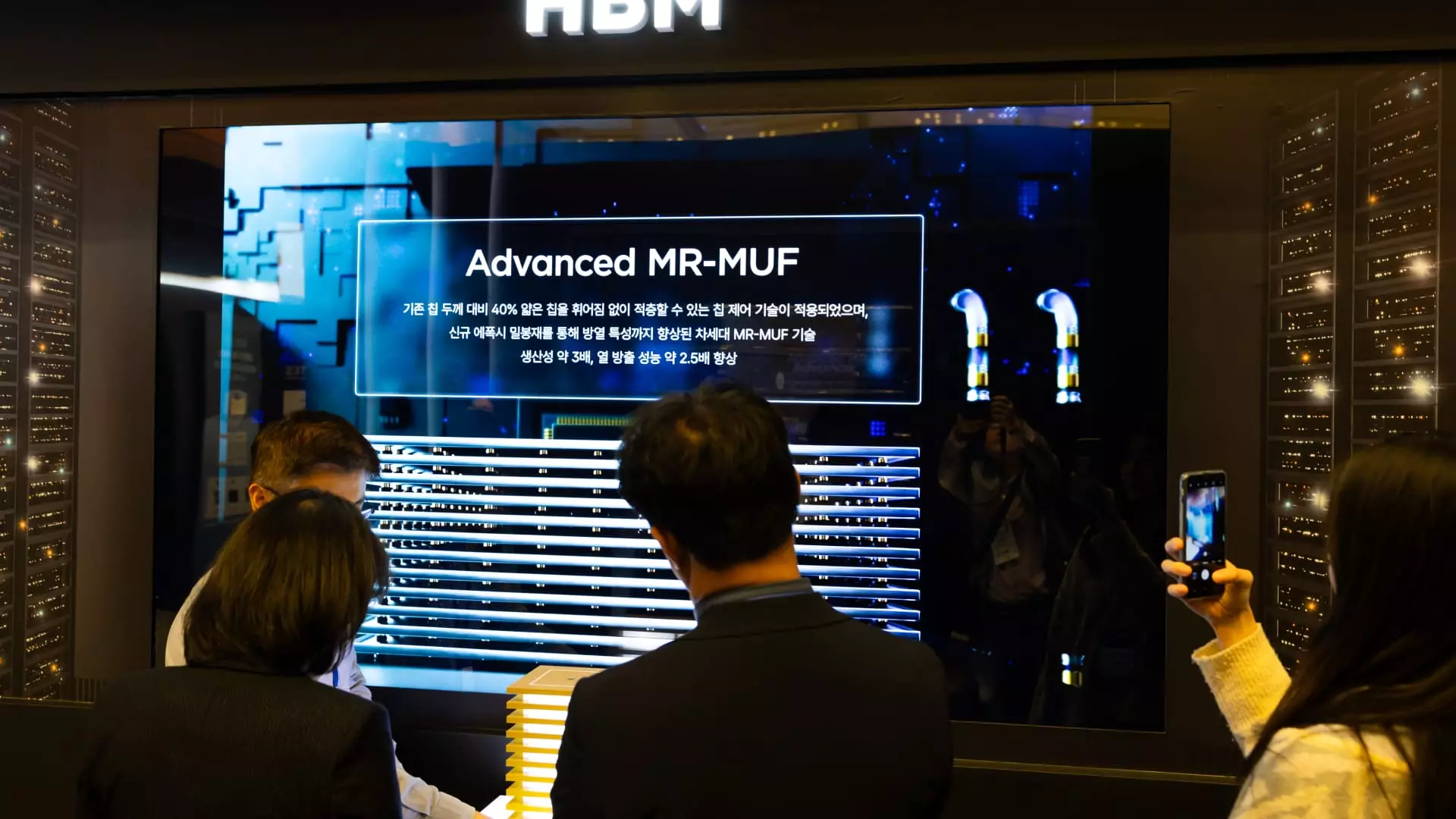In an era defined by geopolitical tensions and fluctuating trade policies, South Korea’s recent announcement of a staggering 33 trillion won ($23.25 billion) support package for its semiconductor industry could be a lifeline—or a misstep. This decisive move comes on the heels of threats from the U.S. administration regarding potential tariffs on imported semiconductors, leaving domestic companies in a precarious position. While this funding is portrayed as a bold strategy to bolster a vital segment of the economy, one must critically examine whether it is a necessary response to external pressures or an overzealous attempt to rapidly fortify a sector that already boasts strong global players.
Adapting to Uncertainty
President Trump’s recent pronouncements about investigating the electronics supply chain on national security grounds have cast a long shadow over international trade relations, particularly for countries deeply integrated into the semiconductor landscape like South Korea. The U.S. Department of Commerce’s announcement of an investigation into semiconductors and their manufacturing processes only exacerbates the anxiety surrounding the industry. In this turbulent environment, South Korea’s proactive measures are laudable, shedding light on a government that recognizes the gravity of maintaining a competitive edge in global markets. However, are such drastic financial commitments sustainable, or will they lead to an economically perilous cliff should the promised outcomes fail to materialize?
The Long-Term Vision: Infrastructure and Education
Beyond mere financial injections, the support package aims to enhance infrastructure and education, diversifying South Korea’s semiconductor landscape. Subsidies for underground power transmission lines and improved funding ratios for advanced industrial complexes indicate a comprehensive strategy to foster a conducive environment for chip manufacturers. Moreover, investing in the training of domestic talent and international collaborations speaks volumes about South Korea’s ambition and foresight. Yet, one must wonder: Can an industry, so reliant on rapid technological advancements and innovation, truly thrive on government handouts rather than organic growth? By potentially fostering dependency on state support, this initiative risks stifling the competitive spirit of domestic firms.
Market Reactions and Export Dynamics
On the local stock market front, the response appears positive, with a notable uptick in the Kospi index and increases in shares of flagship companies like Samsung Electronics and SK Hynix. This optimistic interpretation suggests investor confidence in government backing and the future of South Korea’s semiconductor industry. However, reflecting on the broader economic implications is essential. In 2024 alone, semiconductor exports accounted for an impressive 20% of South Korea’s total exports, indicating just how pivotal this sector is to the national economy. Nevertheless, does relying on a singular industry for economic stability create a looming vulnerability?
At the end of the day, while the efforts to secure the semiconductor industry are commendable, they also underscore a deeper concern about South Korea’s trade dependency, particularly on the U.S. The rapid rise in exports to the U.S. and the strategic negotiations with the Trump administration speak to a complex entanglement. If South Korea continues to leverage such extensive support without addressing the downstream vulnerabilities and external dependencies, it might find its economic health imperiled in the face of a volatile international landscape.

